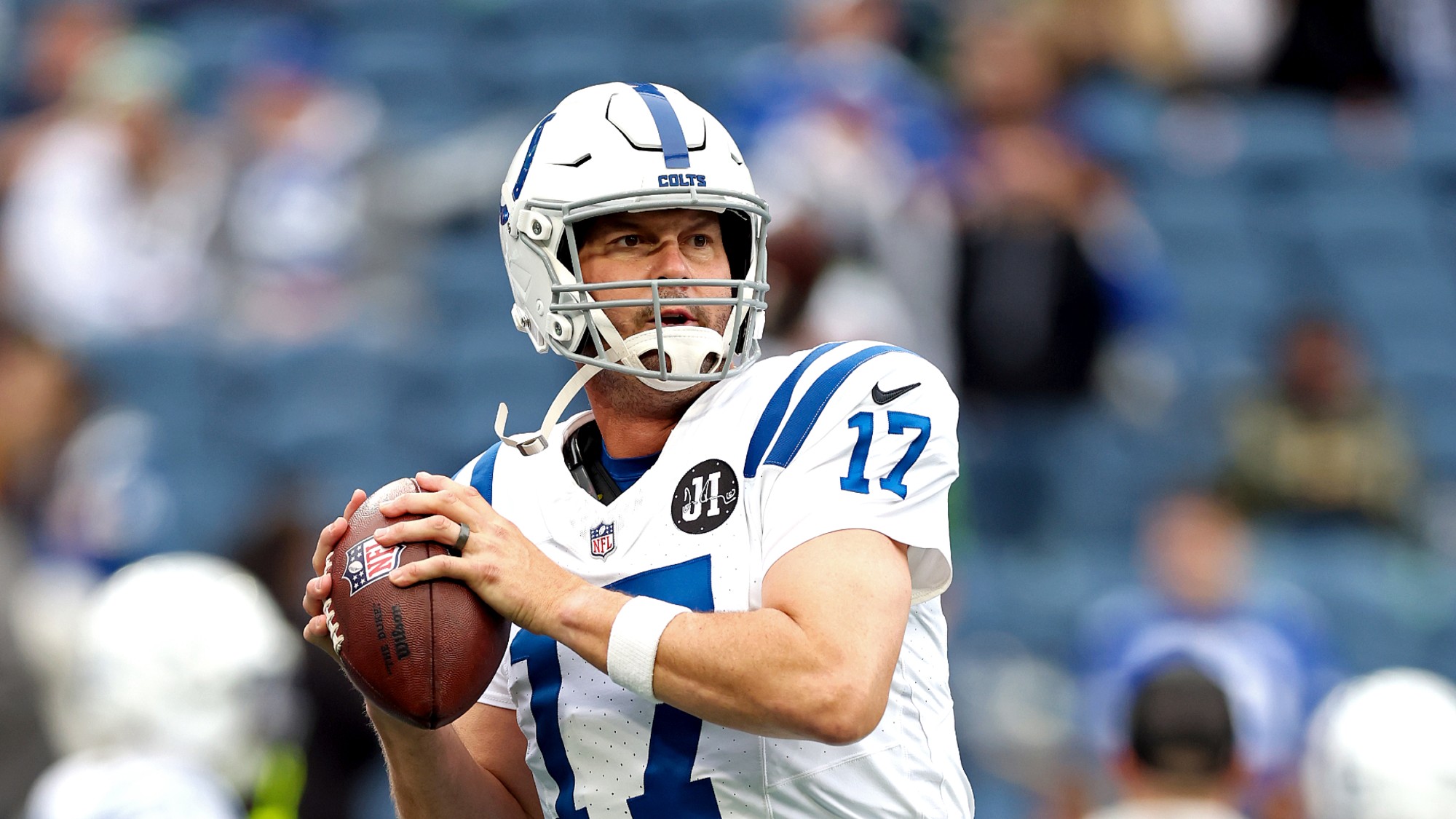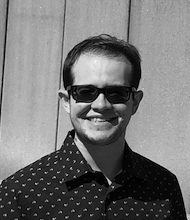Why retailers are walking back claims of organized theft
A report characterizing mass quantities of organized theft was recently retracted


Claims of coordinated retail theft plaguing stores across the United States have become commonplace news stories in recent years. This was seemingly corroborated by a report this April from the National Retail Foundation (NRF) that determined "nearly half" of the merchandise stolen in the U.S. in 2021 was the result of organized retail crime, or ORC. This is defined by the NRF's website as the "large-scale theft of retail merchandise with the intent to resell the items for financial gain."
However, the NRF ended up retracting its estimate this month after the trade outlet Retail Dive reported that this figure was incorrect and "used an old NRF estimate of total inventory loss, including loss unrelated to theft." But while the NRF pulled back its claim following Retail Dive's report, it maintained that ORC remained a significant problem. Despite this, there seems to be a continuing disparity in the media between the assumed reasons and true causes of retail theft.
What was the discrepancy in the report?
While the NRF originally estimated that almost 50% of theft in 2021 was from ORC, most experts agree that this number was incorrectly reported. Organized groups were likely responsible for just 5% of all theft, Trevor Wagener, the chief economist at the Computer & Communications Industry Association, told The New York Times. In reality, ORC "represents only a small fraction of total retail inventory shrink in the best publicly available data — about $0.07 per $100 in total retail sales for the most recent years," Wagener said during a congressional hearing on retail crime.
The Week
Escape your echo chamber. Get the facts behind the news, plus analysis from multiple perspectives.

Sign up for The Week's Free Newsletters
From our morning news briefing to a weekly Good News Newsletter, get the best of The Week delivered directly to your inbox.
From our morning news briefing to a weekly Good News Newsletter, get the best of The Week delivered directly to your inbox.
In response to the allegedly false information, the NRF said that the "nearly half" estimate came from congressional testimony by Ben Dugan, former head of advocacy for the Coalition of Law Enforcement and Retail, and that they inferred this figure based on his testimony. The inclusion of the "nearly half" claim in the NRF's report was "taken directly from Ben's testimony," a spokesperson for the NRF told Reuters.
What is the real data on retail theft?
Despite the discrepancy, the NRF maintained that ORC has been "a high-priority concern for the retail industry for decades" and "[has] a harmful economic impact on retail companies and [endangers] store employees and customers." ORC did increase on average in 2021 from what it had been in prior years. Wagener also told Congress that while the NRF's original number had been inflated, ORC "could be mitigated by better resources for law enforcement and prosecutors to work with retail businesses to pursue criminals."
Whether shoplifting statistics have actually gone up or down "depends on the inclusion of New York City," which has become a major hub for retail theft, the Council on Criminal Justice (CCJ) said in a recent report. If New York City is included in the data, reported shoplifting incidents have increased 16% from 2019 to 2023; if New York City is excluded, shoplifting has fallen 7%, the CCJ reported. While stories about large groups of looters have dominated the media, just 0.1% — or one out of 1,000 — cases of shoplifting "involved six or more people," the CCJ added.
However, the CCJ also noted that the overall data on shoplifting may be skewed due to a lack of reporting and information on cases.
A free daily email with the biggest news stories of the day – and the best features from TheWeek.com
Why is retail theft so difficult to track?
The NRF's retraction "underscores just how difficult it is for the industry to accurately measure the impact and source of inventory losses," CNBC reported. The initial claim from the NRF had contradicted even in its own annual survey, CNBC added.
"We recognize the challenges the retail industry and law enforcement have with gathering and analyzing an accurate and agreed-upon set of data to measure the number of incidents in communities across the country," the NRF said in a statement.
Those who cover the retail industry remain skeptical. "The retail lobby has admitted that its most eye-catching and widely publicized statistic about it is a lie," Los Angeles Times business columnist Michael Hiltzik reported. "The figures published by big retailers and the retailers' lobbyists have always been squishy in the extreme," he added. A large reason for the difficulty in data gathering, Hiltzik said, is that retailers often lump together a variety of reasons for inventory loss, including "pilferage or embezzlement by employees ... mixups that result in their losing track of inventory; and external theft."
Justin Klawans has worked as a staff writer at The Week since 2022. He began his career covering local news before joining Newsweek as a breaking news reporter, where he wrote about politics, national and global affairs, business, crime, sports, film, television and other news. Justin has also freelanced for outlets including Collider and United Press International.
-
 Inside Minnesota’s extensive fraud schemes
Inside Minnesota’s extensive fraud schemesThe Explainer The fraud allegedly goes back to the Covid-19 pandemic
-
 ‘What a corrective to such nonsense’
‘What a corrective to such nonsense’Instant Opinion Opinion, comment and editorials of the day
-
 TikTok secures deal to remain in US
TikTok secures deal to remain in USSpeed Read ByteDance will form a US version of the popular video-sharing platform
-
 TikTok secures deal to remain in US
TikTok secures deal to remain in USSpeed Read ByteDance will form a US version of the popular video-sharing platform
-
 SiriusXM hopes a new Howard Stern deal can turn its fortunes around
SiriusXM hopes a new Howard Stern deal can turn its fortunes aroundThe Explainer The company has been steadily losing subscribers
-
 How will China’s $1 trillion trade surplus change the world economy?
How will China’s $1 trillion trade surplus change the world economy?Today’s Big Question Europe may impose its own tariffs
-
 How will the Warner Bros. bidding war affect the entertainment industry?
How will the Warner Bros. bidding war affect the entertainment industry?Today’s Big Question Both Netflix and Paramount are trying to purchase the company
-
 Texas is trying to become America’s next financial hub
Texas is trying to become America’s next financial hubIn the Spotlight The Lone Star State could soon have three major stock exchanges
-
 US mints final penny after 232-year run
US mints final penny after 232-year runSpeed Read Production of the one-cent coin has ended
-
 How could worsening consumer sentiment affect the economy?
How could worsening consumer sentiment affect the economy?Today’s Big Question Sentiment dropped this month to a near-record low
-
 Musk wins $1 trillion Tesla pay package
Musk wins $1 trillion Tesla pay packageSpeed Read The package would expand his stake in the company to 25%
